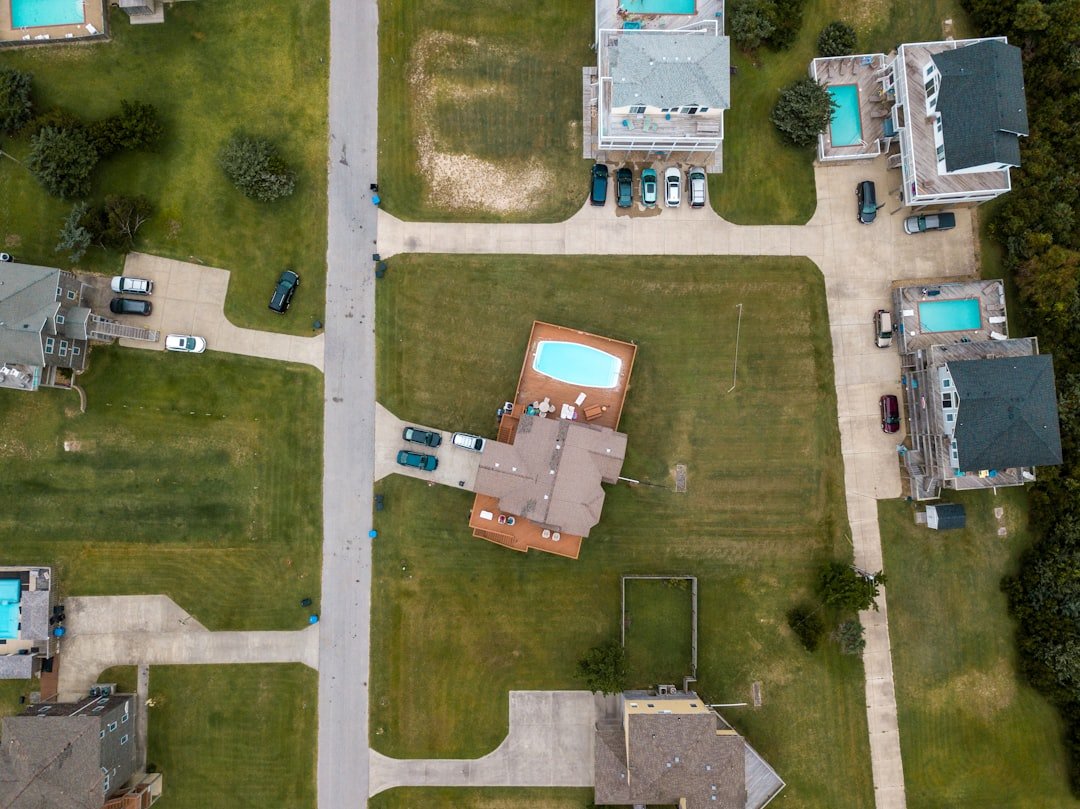How to Prepare for Floods: A Complete Guide Floods can occur suddenly and cause extensive damage. It is essential for both families & communities to be aware of the dangers of flooding and to prepare for it. This article attempts to give a comprehensive overview of flood preparedness, including topics such as risk assessment and recovery activities. A common and widespread natural disaster that affects millions of people annually is flooding.
Key Takeaways
- Floods can happen anywhere, and it’s important to understand the risk in your area.
- Create a family emergency plan that includes evacuation routes and a communication strategy.
- Assemble an emergency kit with essential items like water, food, and first aid supplies.
- Secure your home against flood damage by installing flood barriers and elevating utilities.
- Plan evacuation routes and stay informed about flood warnings and updates from local authorities.
Numerous things, such as intense rains, quick snowmelt, hurricanes, or even dam failures, can cause it. The first step in being prepared for floods is to understand the unique risks in your area. For example, areas close to rivers or the coast are especially susceptible to flooding, and urban areas may encounter flash floods as a result of insufficient drainage systems.
Also, the frequency and severity of flooding events have increased due to climate change. Unpredictable weather patterns and rising sea levels have made it more crucial than ever for people and families to be aware of the flood risks in their area. Residents can understand their vulnerability and take preventative action to lessen possible damage by looking at resources like FEMA maps or local government websites. After people are aware of the dangers of flooding, they should develop a thorough family emergency plan. Each family member’s specific course of action in the event of flooding should be outlined in this plan.
Setting aside a secure location outside the house where family members can congregate in the event of an emergency is crucial. Families should talk about communication techniques in addition to the location of the meeting. Having several means of communication is essential in the current digital era. To make sure everyone stays in touch during a crisis, families can use social media, text messaging, or even conventional landlines.
| Preparation Steps | Stay Safe Tips |
|---|---|
| Have an emergency kit ready | Stay informed about weather updates |
| Create a family emergency plan | Avoid walking or driving through floodwaters |
| Elevate utilities and appliances | Seek higher ground during flooding |
| Keep important documents in a waterproof container | Avoid contact with electrical equipment if wet |
All members of the family can be made aware of their roles and responsibilities in the event of a disaster by routinely going over & practicing the emergency plan. An essential part of any flood preparedness plan is an emergency kit.
Nonperishable food, bottled water, first aid supplies, flashlights, batteries, and personal hygiene items are essentials to have on hand. Important documents, like identification and insurance policies, should also be kept in a waterproof container.
For instance, the kit should include baby formula and diapers if there are infants living there.
In a similar vein, pet owners need to make sure their animals have food & supplies. The emergency kit must be regularly inspected & updated to make sure that everything is in working order and that the food supplies are still fresh. Losses during a flooding incident can be considerably decreased by taking preventative measures to safeguard a house from possible flood damage. Homeowners should evaluate the vulnerabilities of their property and think about taking precautions like raising utilities and electrical appliances above possible flood levels. Putting in backflow valves and sump pumps can also help keep water out of the house.
Also, landscaping can be extremely important in preventing flooding. During heavy rains, water can be diverted away from the house by grading the yard away from the foundation & constructing drainage ditches. Permeable materials also allow water to percolate into the ground instead of collecting around the house when used for driveways and walkways.
Homeowners can improve the protection of their property against the destructive consequences of flooding by implementing these measures. Evacuation may be required in certain situations to guarantee safety during flooding. Families should be aware of the evacuation routes in their area & prepare a plan for how they will leave their house in the event that it becomes necessary. It is a good idea to have several routes in case the main ones are blocked by debris or flooding.
Families should also think about transportation options in advance. In an emergency, having a well-defined plan can save crucial time, whether it involves using private vehicles or public transportation. In order to prevent issues when evacuation becomes necessary, it’s also critical to keep fuel tanks full and keep cars in good operating order.
trustworthy sources of data. Families ought to have access to trustworthy information sources, like emergency alert systems, weather apps, and local news stations. Real-time weather updates, evacuation orders, & safety advice are all available through these resources. Social media’s function. Social media sites, in addition to conventional media channels, can be very helpful for keeping informed during a flood. Social media is widely used by emergency services and local governments to swiftly distribute critical information.
Following these accounts allows families to get timely updates that could affect their preparation and safety measures. maintaining knowledge and safety. Through social media and trustworthy sources, families can stay informed and make decisions that will keep them safe during a flood. To lower the chance of harm or injury, this entails keeping abreast of safety advice, weather forecasts, and evacuation orders.
Families and individuals should prioritize their safety during a flood event. Because even shallow water can present serious risks, it is imperative to avoid driving or walking through flooded areas. Instead of trying to wade through the water if stranded in a flooded home, people should evacuate to higher ground and wait for help. Safety measures must still be taken after the floodwaters subside. People should exercise caution when they return home because the flooding may have caused structural damage.
It is recommended to wear protective clothing, such as boots and gloves, when handling contaminated materials or clearing up debris. Also, people ought to be mindful of possible risks like gas leaks or downed power lines. Flood damage can be devastating, but there are a number of resources to help people and families get back on their feet. Support services like short-term housing assistance, repair funding, and counseling are frequently offered by local government organizations to individuals impacted by disasters.
Also, disaster relief services are provided by groups like the Red Cross, which can assist families in navigating the healing process. When people are rebuilding their lives following a flood, these resources can offer crucial assistance. To aid in recovery and bring their lives back to normal, people should ask for assistance & make use of the resources that are available. In summary, flood preparedness necessitates a multipronged strategy that includes risk assessment, emergency planning, kit assembly, home security, evacuation planning, information sharing, safety measures, and post-disaster assistance. Families can increase their resilience to flooding incidents & guarantee their safety during trying times by implementing these preventative measures.



